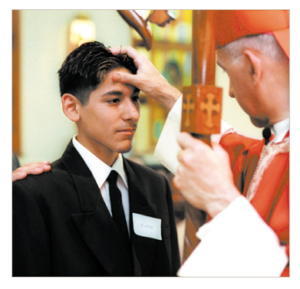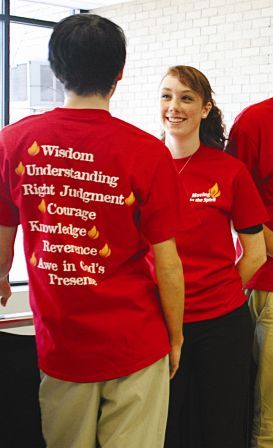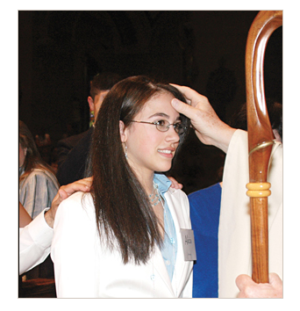
Mary, whose own womb and body become home to God, has least to say in the annunciation story. Three times Gabriel, God’s messenger, speaks to her. Each time she responds.
To the angel’s greeting, she responds with wordless perplexity. To Gabriel’s invitation to give birth to God’s Son, Mary questions, “How can this be?” To Gabriel’s promise that God will do the impossible in her, Mary says yes.
This dialog between Gabriel and Mary outlines the journey in any call. The journey moves from perplexity, to certainty the call cannot be, to confidence this call can be. God can do the impossible in me.
God initiates calls. Mary is not the only person who sees problems with a mission God envisions. Jeremiah objects, “I do not know what to speak, for I am only a boy.” God assures him, “I am with you,” and puts words in Jeremiah’s mouth (1.6-10). Moses questions, “Who am I to go to the Pharaoh of Egypt?” God assures him, “I will be with you” (Exodus 3).
Mary’s call fits the biblical pattern. “How will I conceive a child since I know no man?” Gabriel assures Mary God will do this in her. The Holy Spirit, the same Spirit that in the beginning hovered over the chaos, will come upon Mary. The Most High, often imaged as a cloud in Israel’s history, will overshadow her. God in the image of a cloud led Israel through the desert and settled upon the meeting tent to dwell among the people.
How do clouds and spirit impregnate? These are images of God’s creative power making the impossible come to be. Words cannot capture religious experience. Words can only describe spiritual experience after the fact or evoke it in metaphors as the images of cloud and spirit do.
In Mary, the Most High will overshadow and dwell in a human person, intensifying God’s presence among us. No longer will God tent among Israel’s tents and dwell in a house among Israel’s homes, but God will become human, one of us and one with us. How can this be? This same God who created all that is will make the impossible come to be in Mary.
The becoming human of God will happen in Mary’s womb. She will feel the first stirrings of salvation within her own self. God’s Son will look like her. She will nurse and rock him after he is born.
With Mary’s yes to God’s invitation to be Jesus’ mother, the Creator makes a new move, a move to make us whole. Mary is to name her son Jesus. The name means he saves.
- How is Mary’s call like your own?
- Three artists illustrate the annunciation in this issue. Look at each illustration. What do you see? How does each artist bring the gospel to life? Chinese artist He Qi uses the flute to picture Mary at prayer. Flute music purifies like burning incense or sweet grass.
Catholics honor Mary with the title Blessed Virgin. This solemn, theologically important title hides from us that our more common name for virgin is girl. Mary is young, probably a teenager when she accepts God’s call. The wholehearted yes of a teenager helps reveal the mystery hidden through the ages. She will have the baby for whom the world has been waiting.
Luke contrasts Mary’s response to God’s call with how Zechariah, the father of John the Baptist, responds in the call story that immediately precedes her own. Zechariah cannot believe that his prayers for a child will be answered. He cannot believe that he and Elizabeth will, like Abraham and Sarah, have a child in their old age. He doubts rather than objects.
Gabriel makes Zechariah unable to speak until John is born. For nine months he can only watch God’s promise swelling in his wife’s womb.
God does the impossible in a girl too young to be sexually active and in a couple too old to believe they will have a child.
- Imagine your own response to someone greeting you, “Hello, holy, favored one. God is with you.”
- How did you respond to God in your teen years? What or whom did you embrace with youthful enthusiasm?
Much of the annunciation story focuses on who Mary’s baby will be. His credentials in this infancy narrative are the same titles that get him crucified in the final chapters of the gospel. He is the messiah, the Son of the Most High, the son of David. As the messiah, Jesus restores David’s house and reign but with a spiritual rule that will never end.
Mary represents the poor. In her Magnificat, which we prayed as last Sunday’s responsorial, Mary blesses God for showing mercy to her people, for raising up the poor, for filling the hungry. In her yes, she trusts God’s promises to her people and to her.
- What is Mary’s importance in your life?






